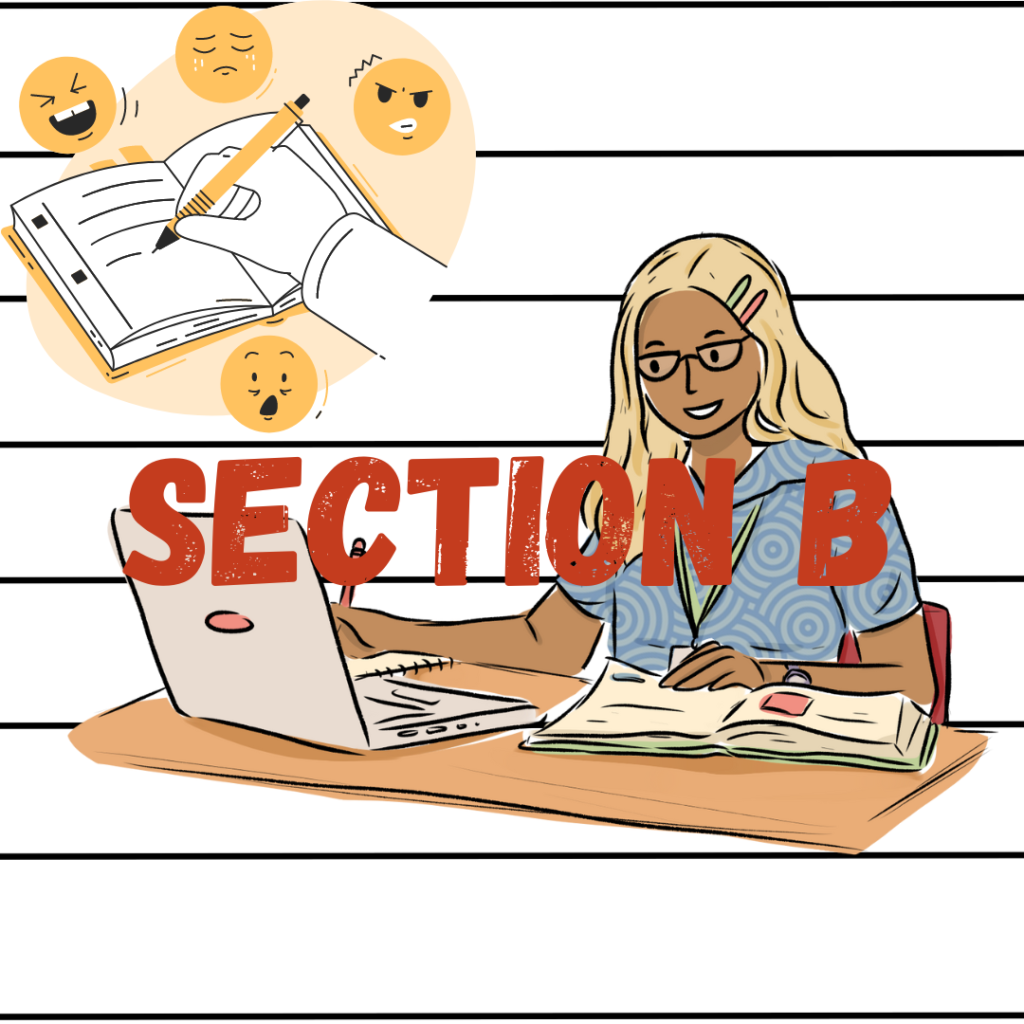
In Section B of the 2024 VCE English it requires students to generate ideas from unseen prompts while connecting them to the frameworks: writing about country, writing about protest, writing about personal journeys and writing about play. As well as connecting it specifically to a purpose: to explain, to express, to argue and to reflect.
You might be nervous being the first cohort to do this new section, but fear not. I’m here to hopefully put an end to any fears or uncertainty you may have. These tasks are designed to push students to think critically, craft a unique voice, and tailor their writing to fit the requirements of the exam. As an English teacher, assessor and tutor; I’ve honed in on the best tips and tricks to truly ace section B!
The starting point for any creative response is the unseen stimulus. Students must interpret the prompt and title, connecting it to a specific framework of ideas such as thematic concerns, characters, or structural features. A lot of students will focus on the stimulus given and NOT the title. Its is very important that the title is well and truly established and explored in your writing. You will be marked on this and how well you have incorporated both into your writing.
For instance, the practice prompt in Section B of the framework writing about play in the VCAA 2024 practice English exam. I will make reference to the title, ‘time well spent’ AND choose a stimulus. It should be very clear to the assessors what I have chosen as my writing explores ‘time well spent’ and the stimulus equally throughout my piece. Do not just state it or make a shallow reference, your piece must really incorporate these two elements. They are the centre of your ideas and purpose.
While mentor texts can provide inspiration and guidance during the year, students will not be expected to reference them directly in the exam. This is not an essential requirement of the exam. Unlike Section A, your creative response shouldn’t include direct references to the mentor texts. Instead, focus on your own interpretation and engagement with the stimulus and prompt. The title of your piece should act as a catalyst for the approach you take, allowing you to shape the direction and mood of your response.
According to the VCE English Study Design, the purpose of a text is what the writer sets out to achieve for the audience. In any piece of writing, there is always at least one overarching purpose. These may include expressing emotions, arguing a point, explaining a concept, or reflecting on an idea. Having a strong sense of purpose helps guide your writing and ensures that your message resonates clearly with the audience. Your purpose should fall under these four categories: to explain, to express, to argue and to reflect. You will be marked on how well you structure a piece, incorporate the appropriate elements and if the voice you adopted fits into the purpose.
Example, if you are doing a eulogy the voice would not be an everyday conversational voice, it should not have more jokes than a comedy skit and zero reference to the life of deceased person and their attributes. Instead it would have all the appropriate form of eulogy, emotional language, heartfelt moments, memories, small ‘inside jokes’, it honours the deceased and their family and friends.
Now, that we have gotten the essential do’s and don’ts of section B, we have reached the most crucial element. Our differentiating factor, what the assessors are specifically looking for and how skillfully you present this- voice. Voice is a critical element in creative writing and refers to the unique or individual style of an author. Your voice helps set the mood, tone, and personality of your text, allowing you to connect effectively with the audience. Developing a strong, consistent voice in your work can make your writing stand out. In exam responses, controlling your voice is key to creating an impactful piece of writing.
Within Section B expected qualities the 2nd descriptor is around voice and purpose. The 9-10 benchmarks states: ‘Creates a cohesive text with an explicit purpose(s) and an appropriate voice’.
A strong voice allows you to connect with your audience, and being mindful of this helps regulate the approach you take in each piece. Recognising and consciously controlling your voice is essential for powerful, effective writing. The ideas you present must seamlessly connect with the prompt, title, and a chosen framework. Effective writing goes beyond merely answering the question—it shows depth of thinking, complexity, and control. All these elements will differentiate your writing among the rubric, the more skill, complexity and control shown, the higher you will rank.
A creative response allows for flexibility in structure. For example, you might include a reflective monologue within a speech or write an excerpt from a diary within an essay. These hybrid approaches can enrich your writing, as long as they serve the overall purpose of the piece. Hybrid forms are encouraged and will not be marked down. You will only be marked down if you write in the following forms: music, poetry, and verse as this has been explicitly stated multiple times to NOT do this. Your chosen mode should be suited to the ideas you want to express, while also satisfying the requirements of the stimulus and title.
By now, you should have ideas floating and what form you would like to write in section b. To truly succeed in creative writing, regularly practice and hone your skills. Keeping a writing book or journal allows to develop new ideas, try different styles, and receive feedback from teachers or peers.
Understanding where most students fall in terms of marks can help you aim higher. Between 63-68% of students generally score between 4-7 out of 10. To break into higher scoring brackets, work on refining your voice, deepening your ideas, and mastering the balance between creativity and structure.
To perform well, your response should work holistically, integrating ideas, structure, purpose, and voice into a cohesive whole. Achieving this level of complexity is a key aspect of high-scoring responses.
By keeping these tips in mind, you’ll be better equipped to handle the creative response section of the VCE English exam. Practice, reflection, and attention to detail will help you sharpen your skills and achieve the results you’re aiming for. This is not a task that should be left until the exam, practising writing in many forms and around multiple ideas will help prepare you for success!
Was this helpful? Subscribe to the mailing list for weekly blog updates.
Follow us on YouTube for comprehensive videos on all things VCE.
Follow us on Instagram and TikTok for daily advice and tips.
© In Class With Mariam 2024. All rights reserved. This content is the original work of the author and may not be reproduced, distributed, or transmitted in any form without the prior written permission of the author.
Share:
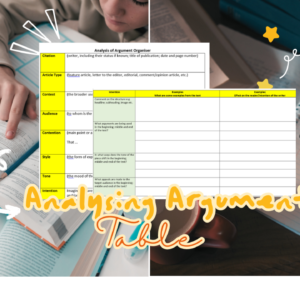
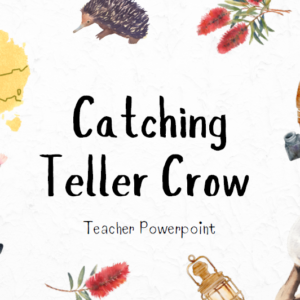
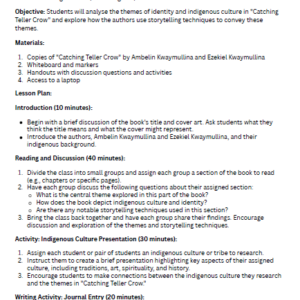
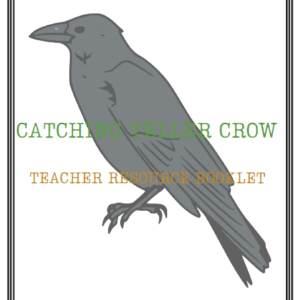
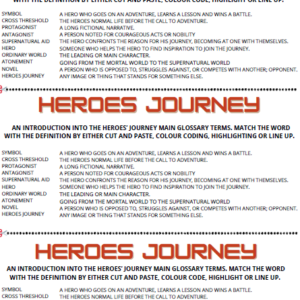
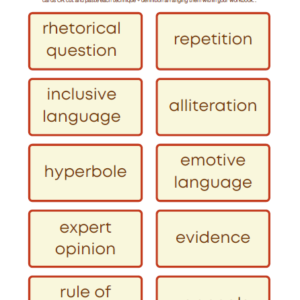
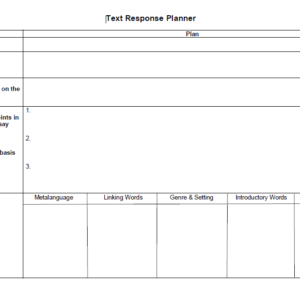
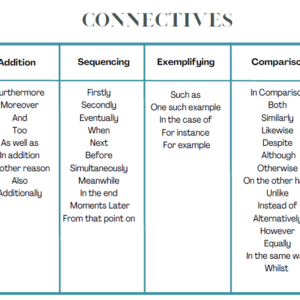
Power-up your learning with free essay topics, downloadable word banks, and updates on the latest VCE strategies.
